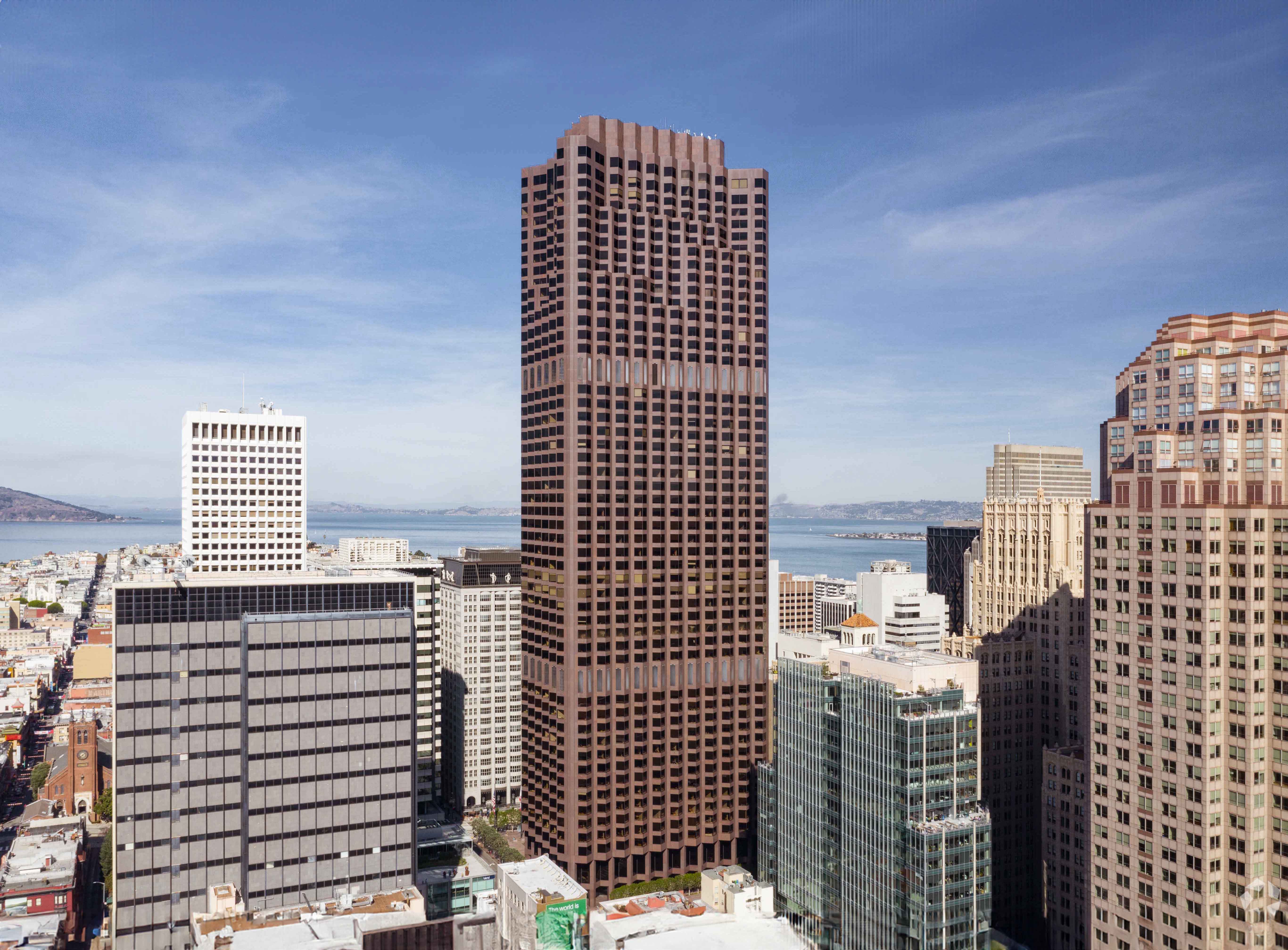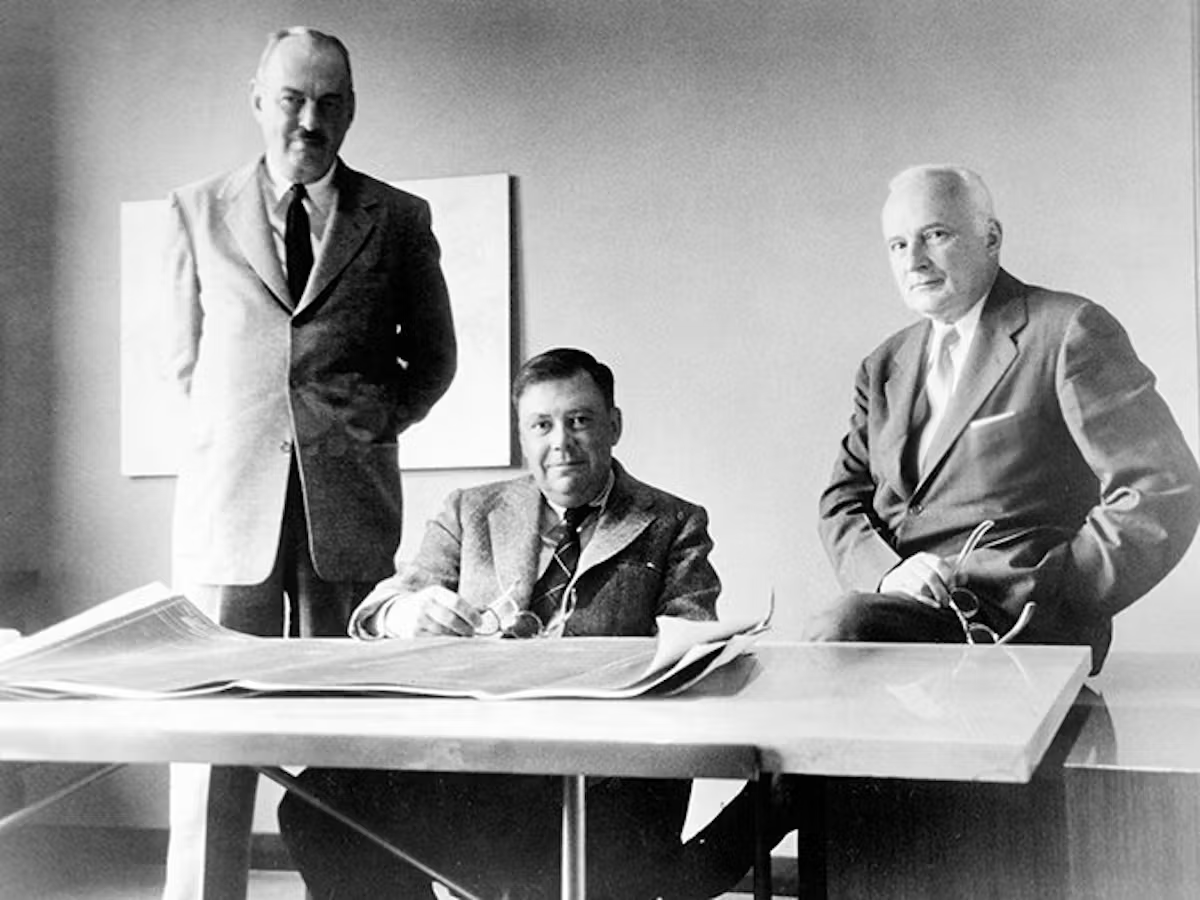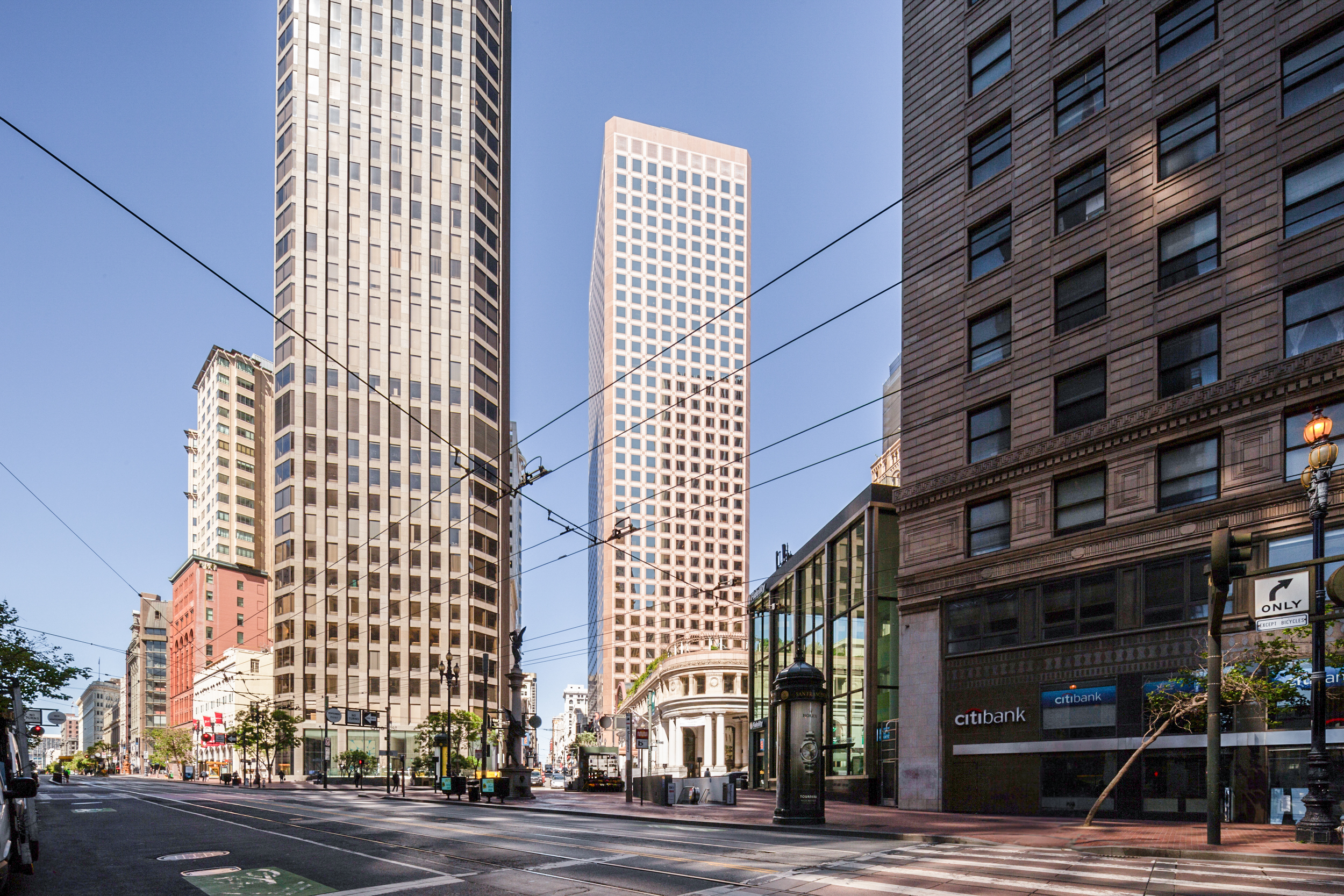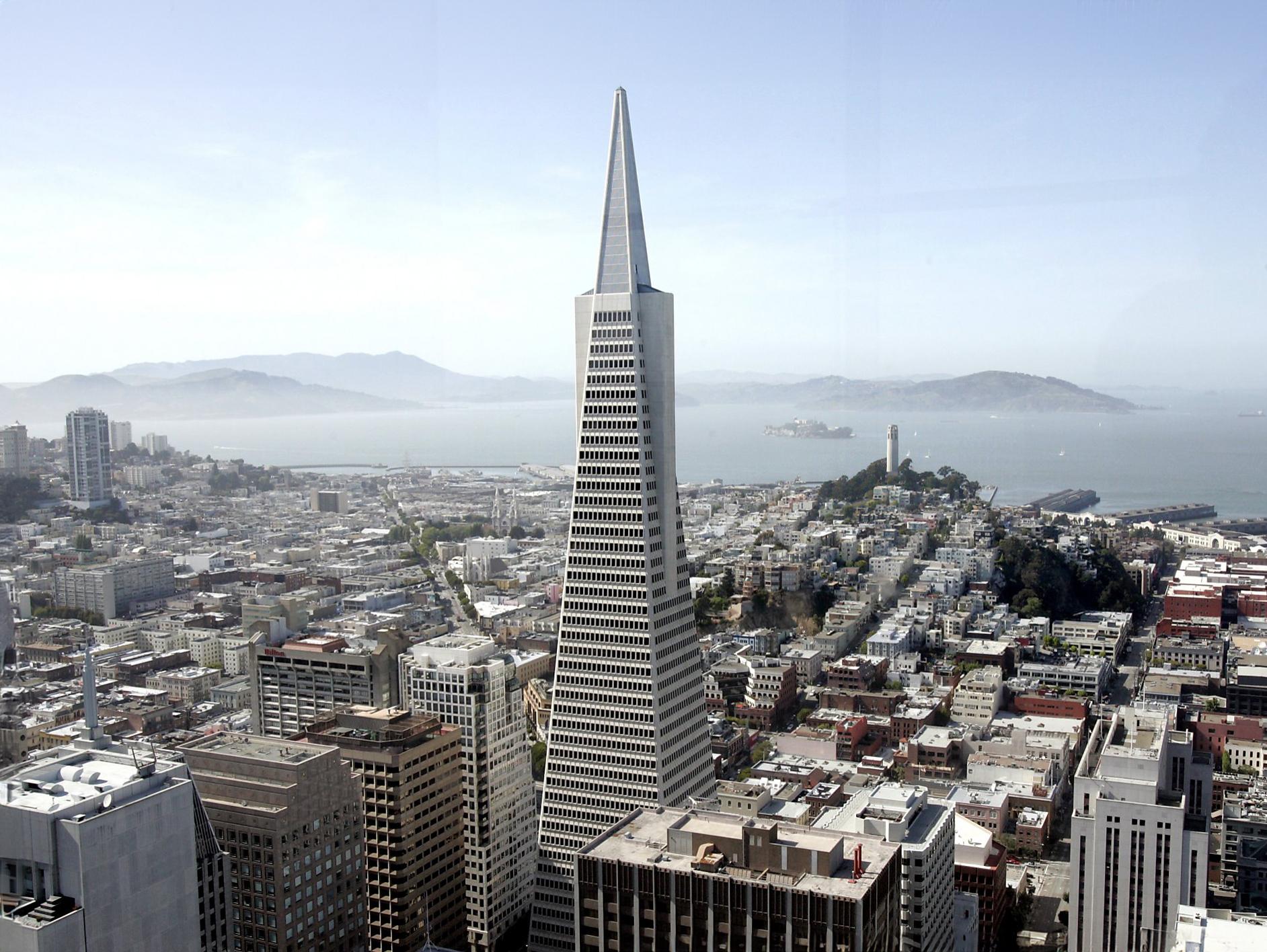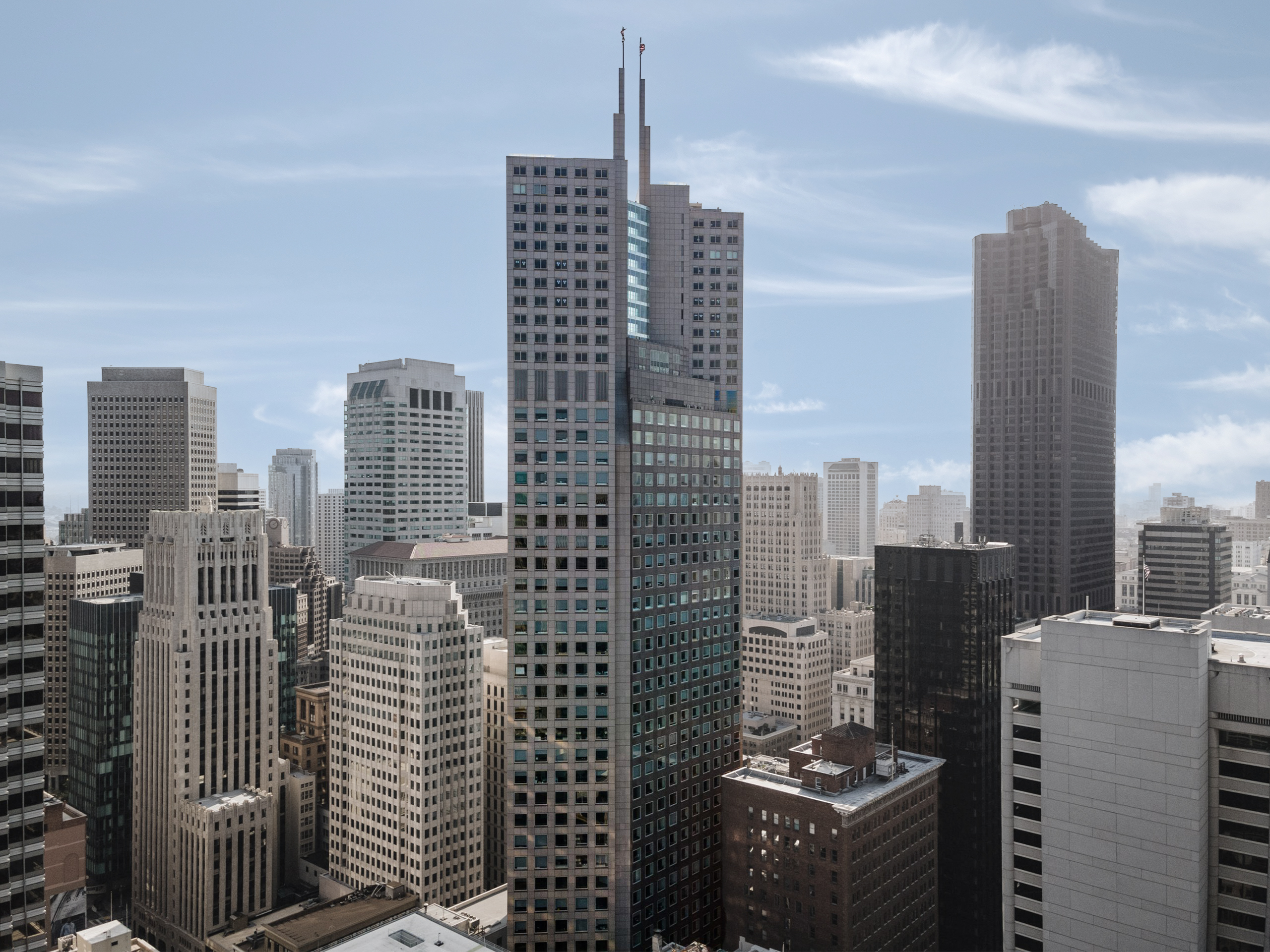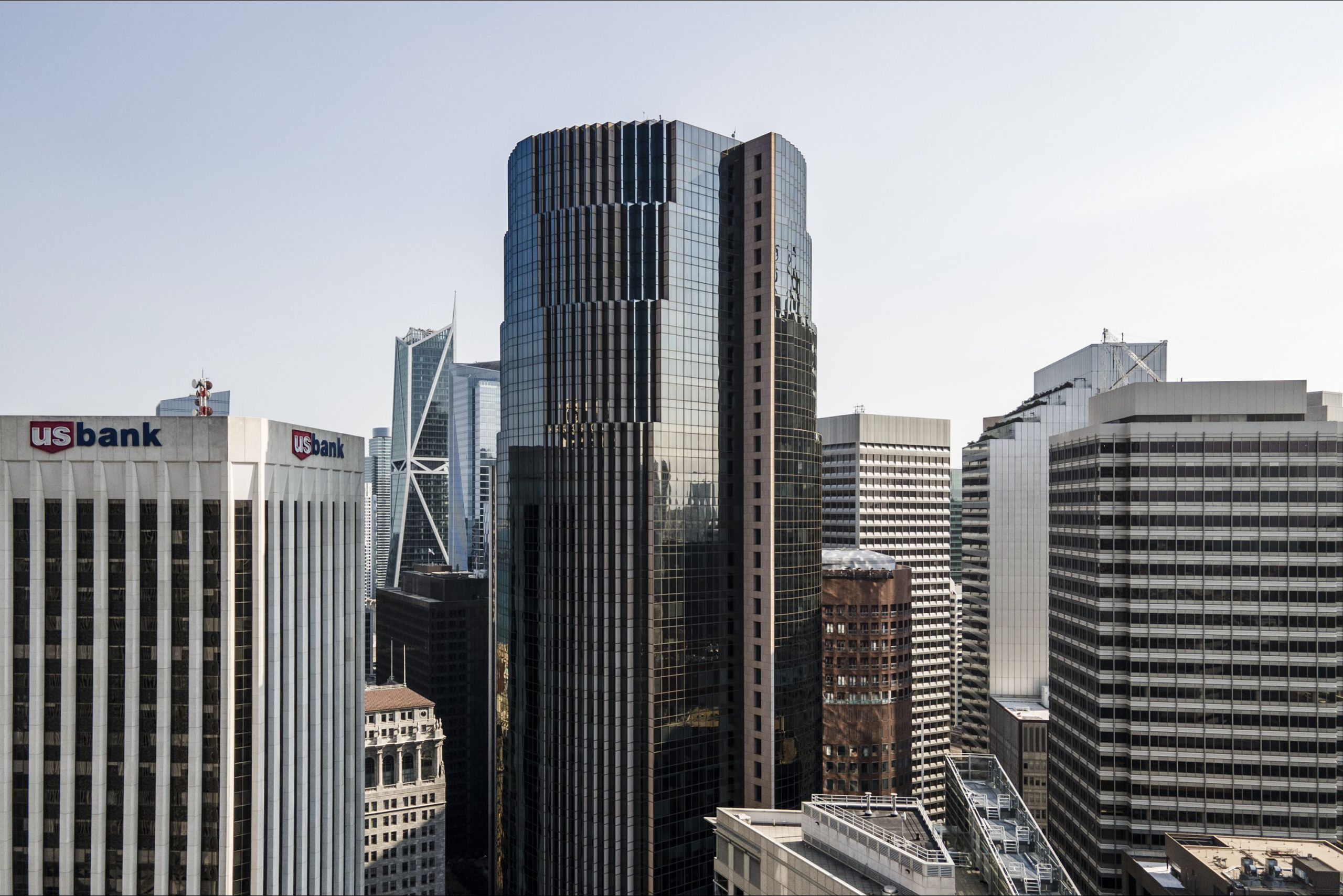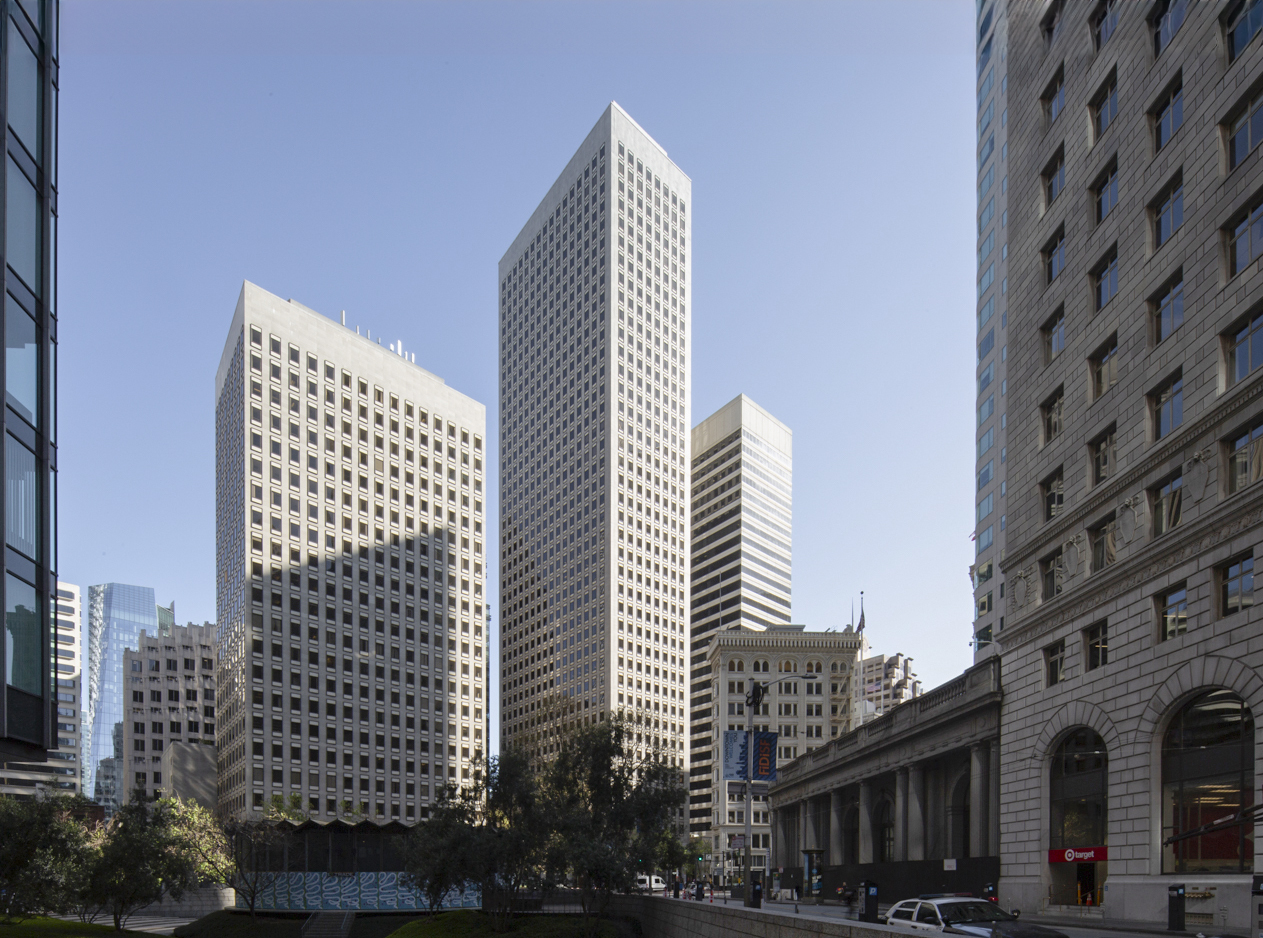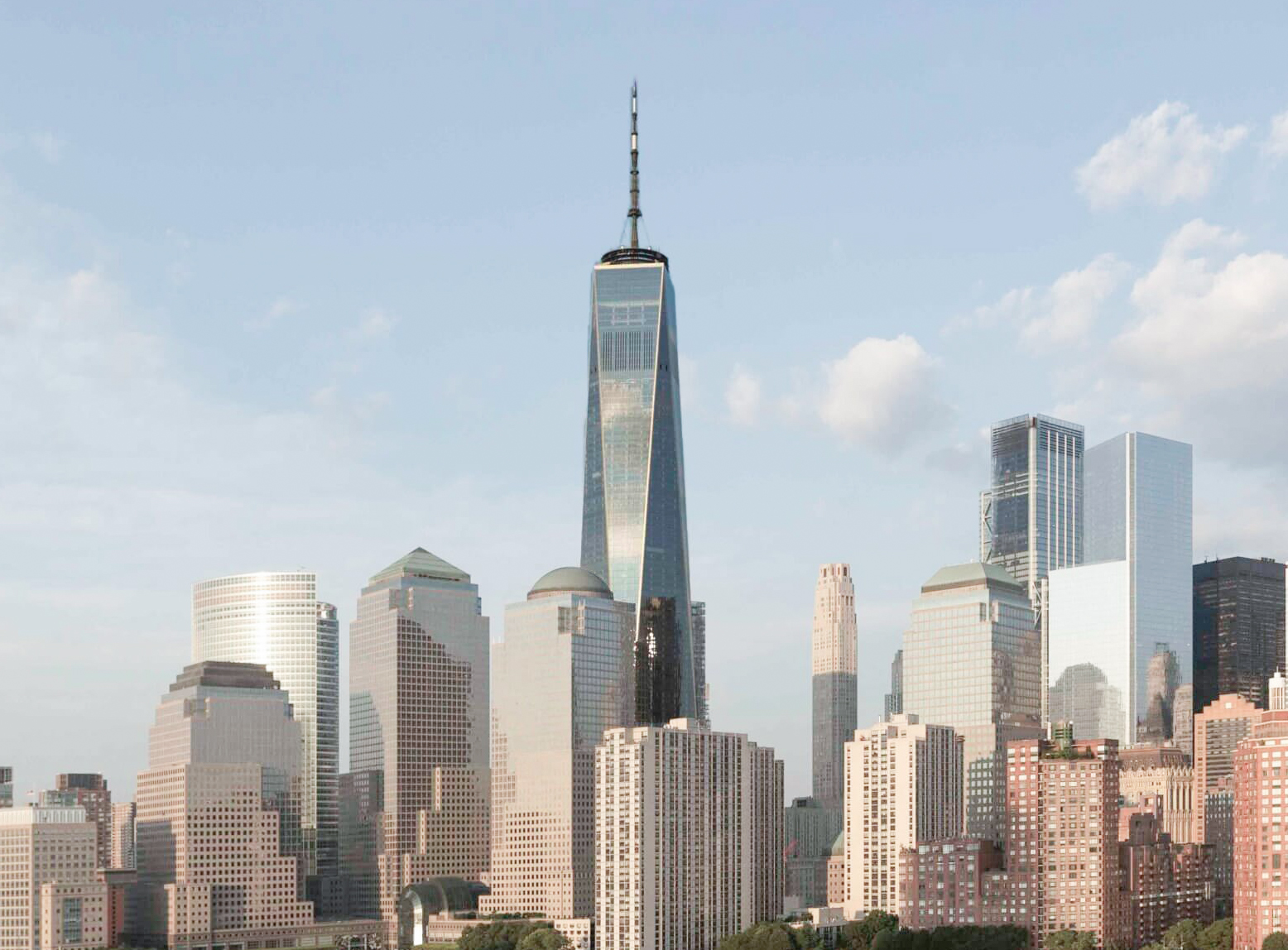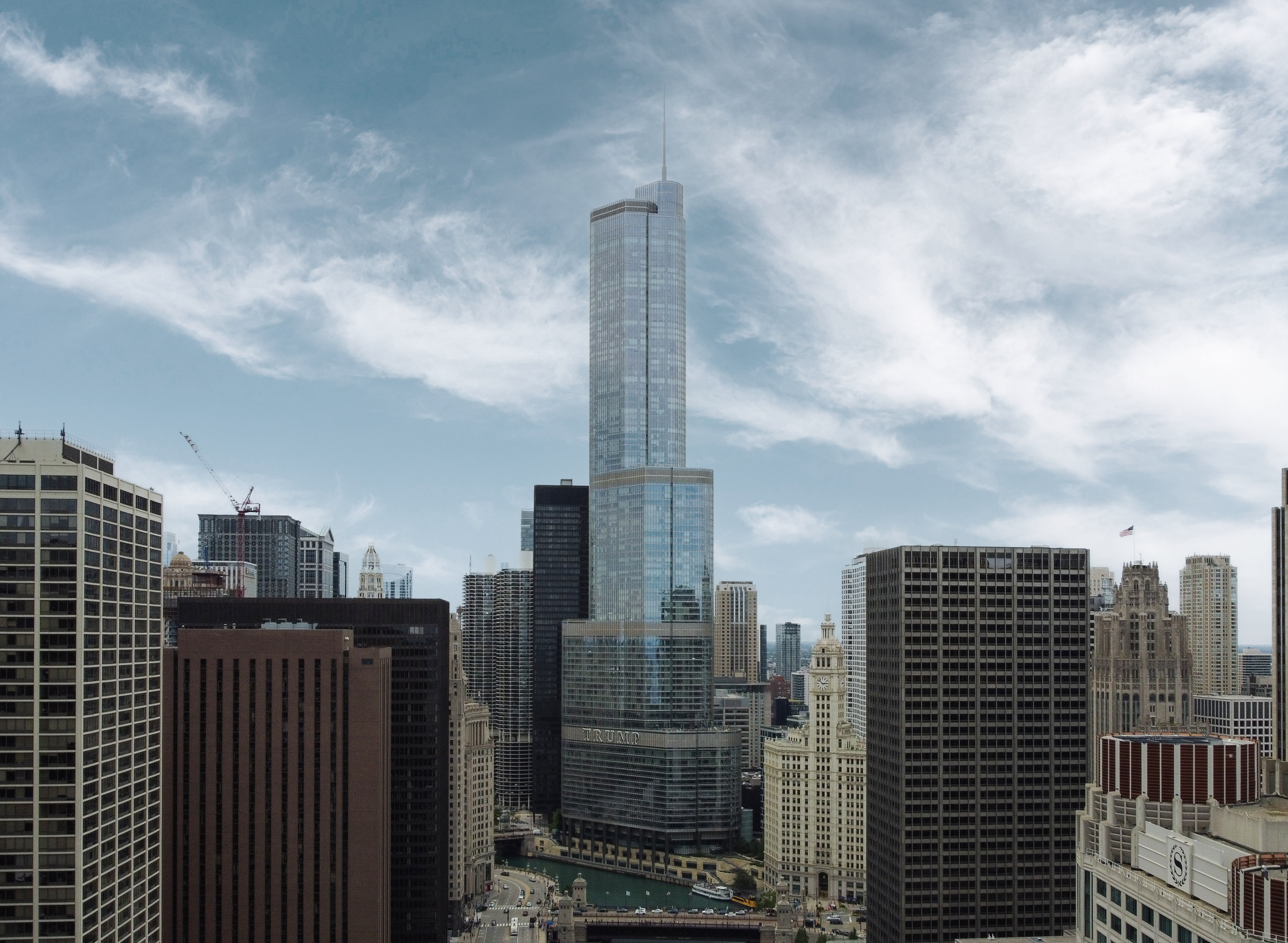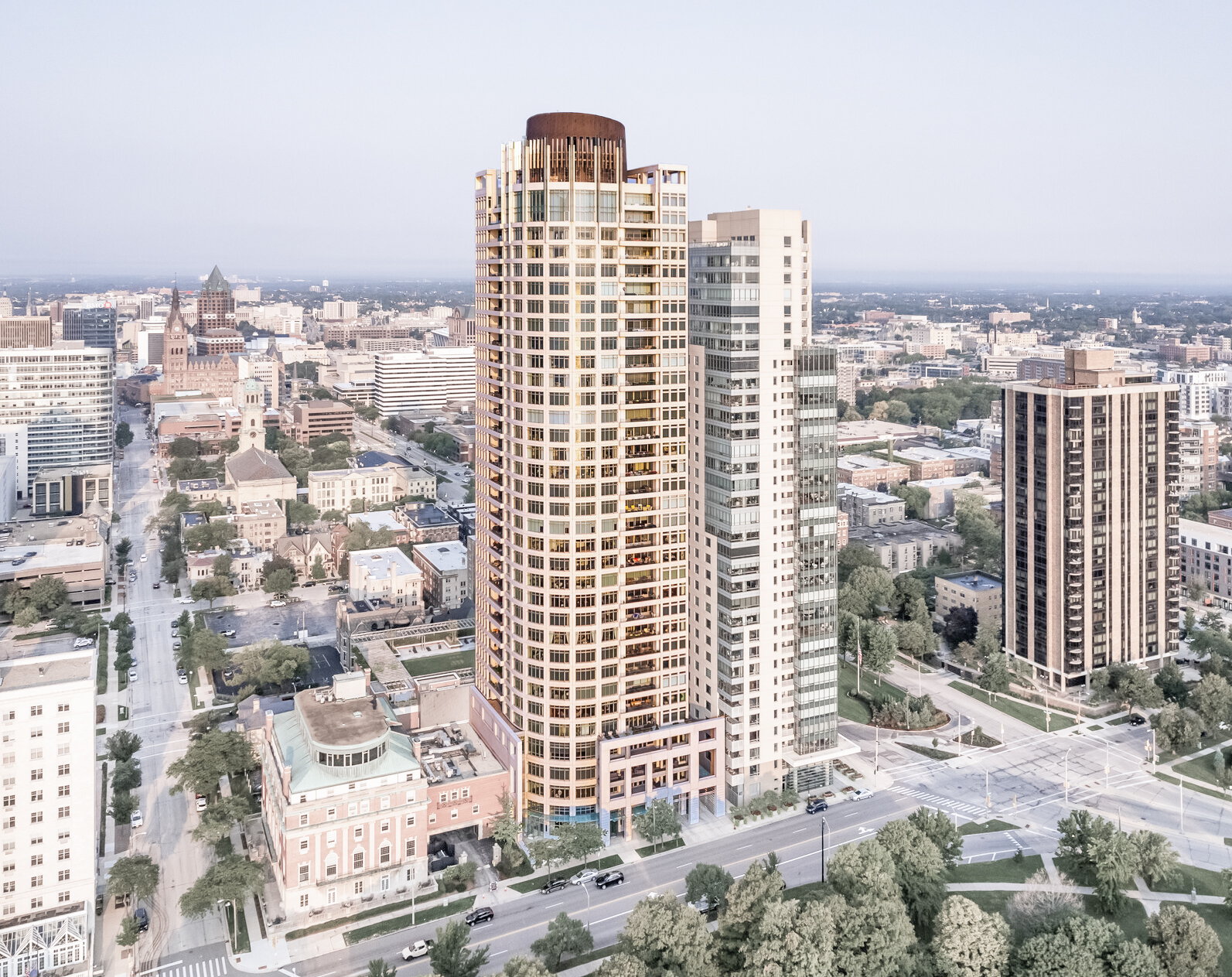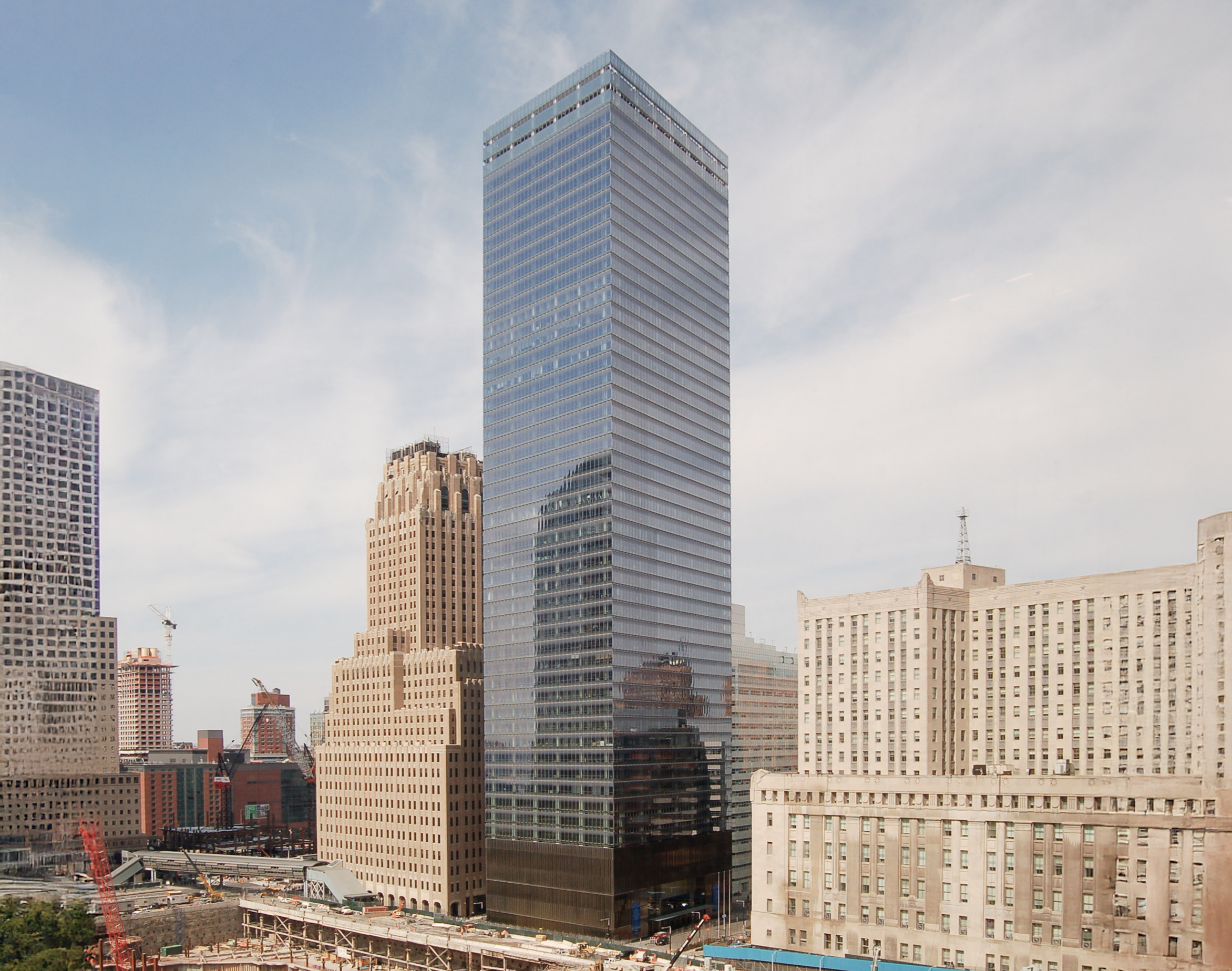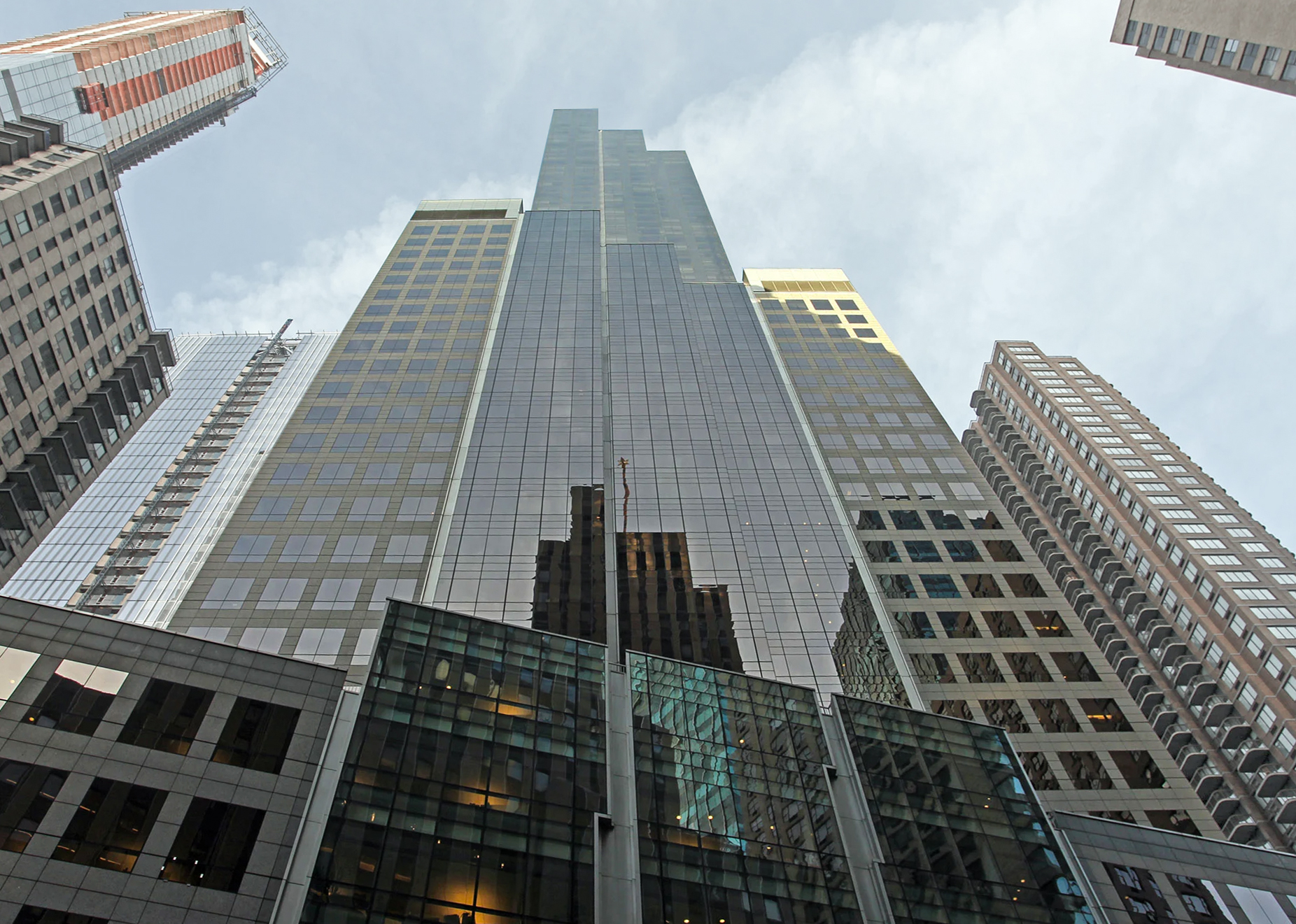The 555 California Street Building is a Postmodernist skyscraper designed by Skidmore, Owings & Merrill, in association with Wurster, Bernardi & Emmons, and built between 1967 and 1969 in San Francisco, CA.
555 California Street Building is not the only name you might know this building by though. Between 1969 and 2005 it was also known as Bank of America Building.
Its precise street address is 555 California Street, San Francisco, CA. You can also find it on the map here.
The building underwent a major restoration in 2017. The architect commissioned to undertake this restoration was Huntsman Architectural Group.
